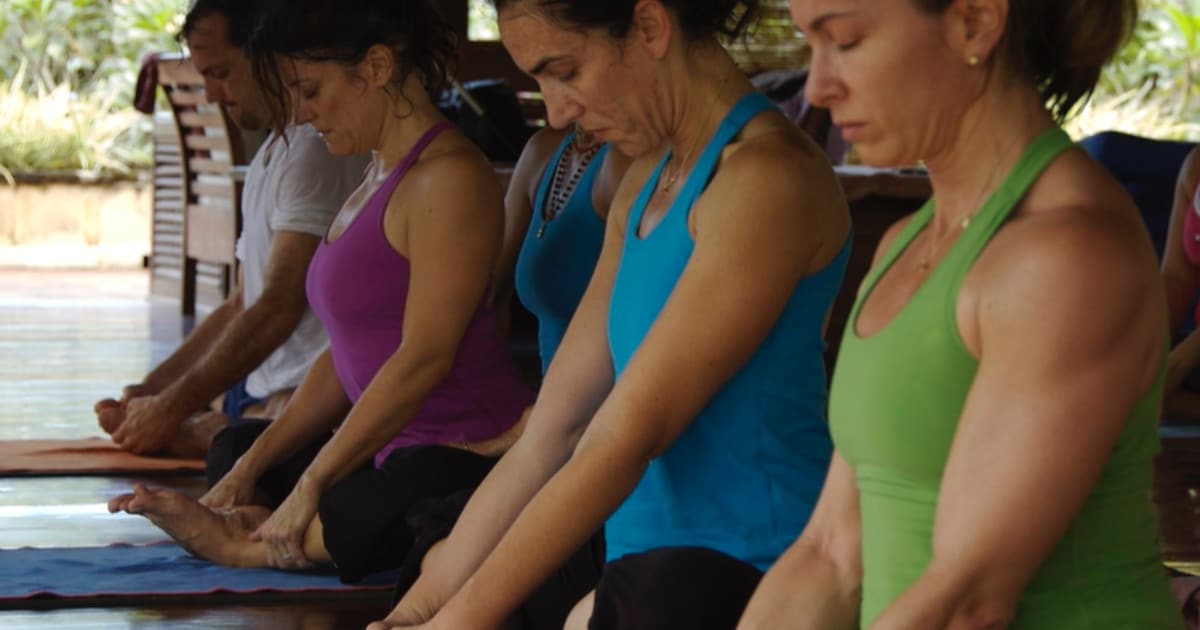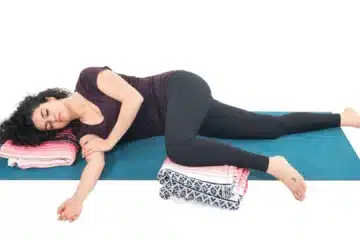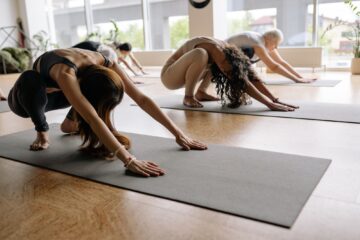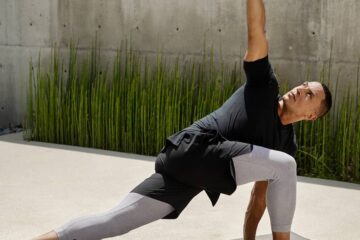Ashtanga Yoga, a dynamic and rigorous form of yoga, is renowned for its structured sequence of poses, breath-linked movements, and internal focus. However, adhering strictly to the traditional sequence may not be suitable for everyone.
Fortunately, there are modifications available that allow practitioners to adapt the practice to their unique needs, abilities, and limitations.
Let’s delve into the world of modified Ashtanga Yoga, exploring how these adaptations can make the practice more inclusive and accessible to a wider range of individuals.
Understanding Ashtanga Yoga
Before discussing modifications, it’s essential to understand the foundational principles of Ashtanga Yoga. Developed by Sri K. Pattabhi Jois, this style emphasizes the synchronization of breath and movement (vinyasa), a set sequence of poses (asanas), and internal energetic locks (bandhas).
The primary series, known as Yoga Chikitsa, focuses on detoxifying and aligning the body, while subsequent series delve deeper into specific areas of strength, flexibility, and meditation.
Why Modify Ashtanga Yoga?
While Ashtanga Yoga offers numerous benefits, including increased strength, flexibility, and mental clarity, adhering strictly to the traditional sequence may not be suitable for everyone.
Individuals with physical limitations, injuries, or medical conditions may find certain poses challenging or inaccessible. Additionally, beginners or those new to yoga may struggle with the intensity of the practice.
Modifications provide a way to adapt Ashtanga Yoga to suit individual needs, ensuring that everyone can experience its transformative effects safely and comfortably.
Common Modifications:
- Pose Variations: In Ashtanga Yoga, each pose has multiple variations that cater to different levels of flexibility and strength. For example, individuals with tight hamstrings can bend their knees in forward folds or use props like blocks to support their hands in standing poses. Similarly, those with wrist issues can perform plank and Chaturanga Dandasana on fists or use forearm variations.
- Adjusting Intensity: The intensity of Ashtanga Yoga can be challenging for beginners or those with physical limitations. Teachers often encourage students to take breaks as needed, modify challenging poses, or skip certain sequences altogether. Slow, mindful movements and longer holds can also reduce the intensity while maintaining the integrity of the practice.
- Breath Awareness: In traditional Ashtanga Yoga, the breath serves as a guide for movement, with each pose coordinated with either an inhalation or exhalation. Modified practices focus on cultivating awareness of the breath, allowing individuals to synchronize their movements with their own natural rhythm. This approach promotes relaxation, reduces stress, and enhances mindfulness.
- Use of Props: Props such as blocks, straps, and bolsters can enhance alignment, provide support, and facilitate accessibility in various poses. For example, using a block under the hand in Trikonasana (Triangle Pose) or Ardha Chandrasana (Half Moon Pose) can help maintain balance and stability, especially for beginners or those with limited mobility.
Benefits of Modified Ashtanga Yoga:
- Accessibility: Modifications make Ashtanga Yoga accessible to individuals of all ages, abilities, and fitness levels.
- Injury Prevention: By adapting poses to suit individual needs, practitioners can avoid exacerbating existing injuries or developing new ones.
- Personalization: Modified practices allow for a more personalized experience, enabling individuals to focus on areas of strength, flexibility, or relaxation.
- Mindfulness: Emphasizing breath awareness and mindful movement cultivates a deeper sense of presence and inner awareness, enhancing the meditative aspects of the practice.
Conclusion
Modified Ashtanga Yoga offers a flexible and inclusive approach to this dynamic practice, ensuring that it remains accessible to everyone, regardless of their physical abilities or limitations.
By embracing modifications, practitioners can experience the transformative benefits of Ashtanga Yoga while honoring their bodies and individual needs.
Whether you’re a beginner, recovering from an injury, or seeking a gentler approach to yoga, there’s a modified Ashtanga practice that’s right for you.



